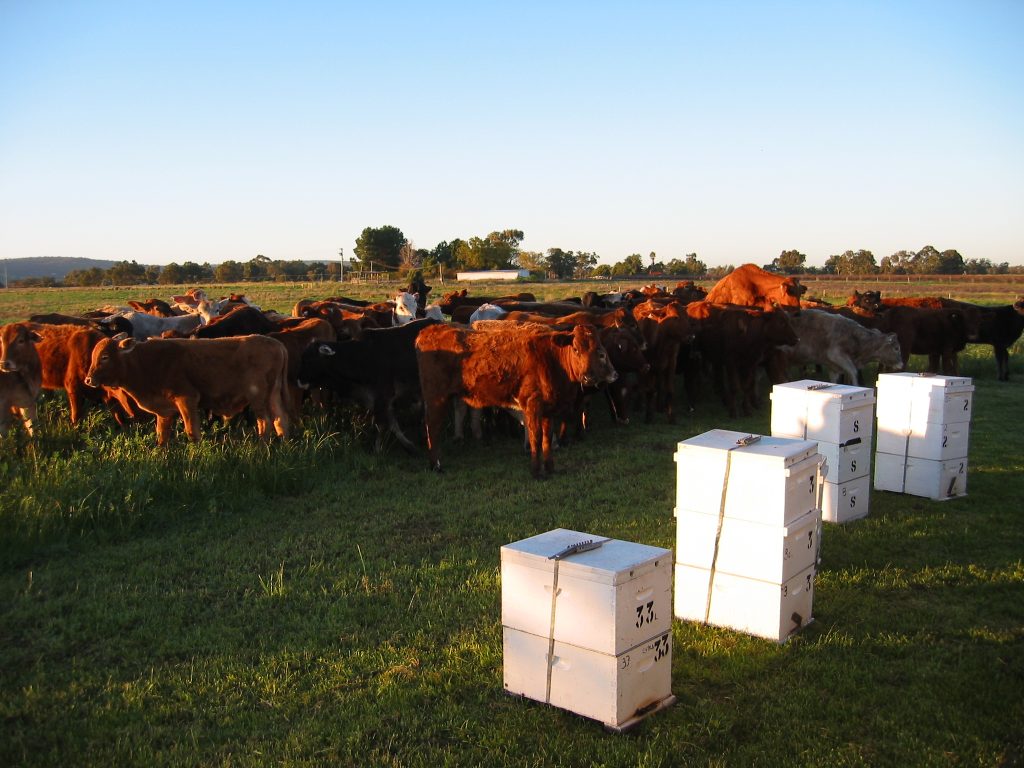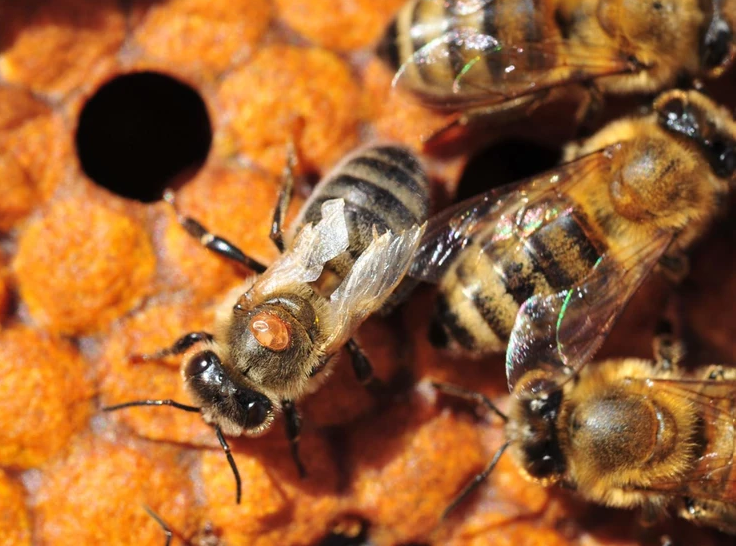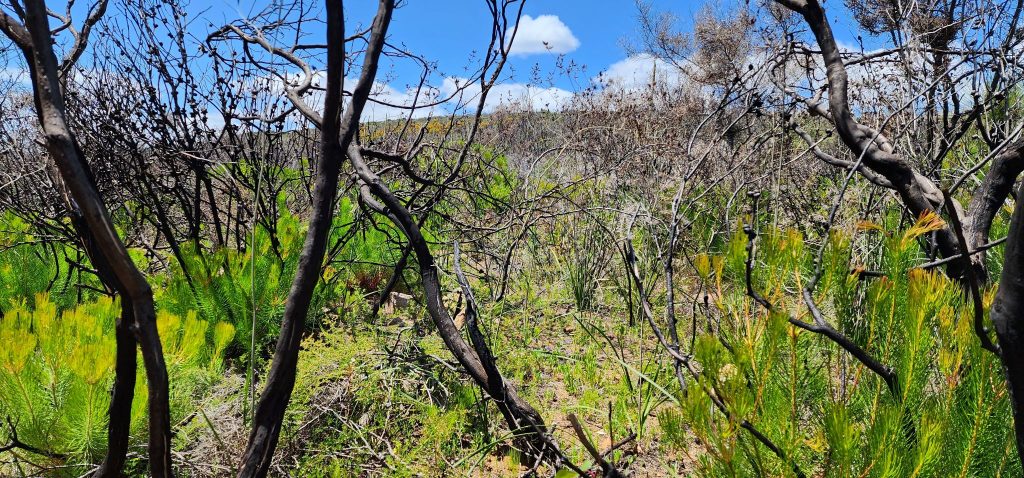As we wrap up another year, the silly season is over and we see that shining beacon of hope rise on the New Year, let’s look back on the Agricultural impacts over the year that was.
Biosecurity
The total value of Australian Agriculture production is about $86 billion and the value of exports for 2022 is estimated at $70 billion. The two biggest threats to our borders in 2022 were Foot and Mouth Disease and Varroa Mite. Did you hear about these two threats equally? Let’s compare them below.
Foot and Mouth Disease
The off-farm meat value (domestic expenditure plus export value, including live export) of the Australian beef industry was approximately $20.2 billion in 2019. Foot and Mouth Disease (FMD) is a serious and highly contagious viral disease that affects all cloven-hoofed animals (with divided hooves). The outbreak was identified in Indonesia, and Bali in May. Lumpy Skin Disease (LSD) is a disease of cattle and buffalo and was confirmed in Indonesia in July. An incursion of either or both would see severe implications for Australian Agriculture.
A major concern was the possible implications on trade markets if we happen to get FMD or LSD. Australia exports approximately 60-70% of livestock production. If they can no longer export it and it remains for sale in the domestic market the impact will be fewer dollars in the farmer’s hand. To reduce the risk of spread, following a confirmed disease case it is likely that export will cease immediately until it is contained.

If there was an LSD outbreak it is predicted the impact on exports would be $7.39 billion annually. Whereas with FMD it would have an impact of $14.63 billion annually with a focus on gaining control of an outbreak to then regain trade as quickly as possible. There are a lot of variabilities when it comes to determining the impact of a potential outbreak of either FMD or LSD. We can agree it would have a significant impact on Australia’s market and trade access.
The largest risk of FMD making its way back from Bali is the tourists unknowingly bringing it back on their shoes or clothes. We saw an almost immediate increase in quarantine practices. Biosecurity Response zones were set up at all major airports receiving Indonesian flights, where disinfectant foot mats were put in place. It is much better to keep it out, rather than manage the outbreak. Think of the lives and businesses of your Australian Farmers. Take the simple steps and ditch your shoes.
Varroa Mite
The Australian honey bee industry (including bees, honey, wax, and pollination) is worth $14 billion annually. Varroa mite is a deadly parasite to honey bees. It was detected in the Port of Newcastle, NSW in June 2022. At the 100-day point since infection, there were 100 Infected Premises and 11,500 hives had been destroyed. If varroa was to become established in Australia it could result in losses of $70 million a year. The parasite can be traced through good biosecurity practices to ensure the spread is limited. The key message is to ensure all beekeepers register their hives and keep accurate records of the movement of their hives.

The rest of the world has been living with Varroa Mite for many years. Beekeepers understand that it is a “when” not “if” varroa arrives situation. Now that it is in NSW, this is the wake-up call to the other states to get prepared and actively look for a treatment solution. The main threat to Varroa spreading is the impact it will have on the Australian feral bee population. If they are wiped out there will be no bees to naturally pollinate our farmers’ crops for free. No pollination means the quality of crops will suffer. Honey bees are the most common pollinators for Australian crops, where 65% of all horticulture and Agriculture crops require some sort of pollination to achieve yield. This is a $4.9 billion impact if pollination isn’t provided by honey bees. Farmers will have to engage professional beekeepers to bring hives onto their farms and pay for pollination services.
Climate
From drought to flood – when will the weather make up its mind?
By the end of 2022, we had seen record flooding for the fourth time in 18 months. The Sydney basin produces $1 billion worth of food each year, but this year, crops were underwater. Supply to supermarkets has taken a hit and consumers felt the price increase in stores. While the La Nina weather pattern mainly affects the East Coast of Australia with heavy rainfall, our Midwest of Western Australia saw cooler temperatures and increased rainfall during seeding, resulting in many crops sitting in soggy soil. The unseasonal cold wet weather we’ve had through the Spring has stopped the trees from flowering and producing nectar and pollen, making life hard for our beekeepers. There was also a higher risk of cyclones to our North, while the South West of Australia missed out on any additional rain.
It is no longer a future problem; farmers are feeling the effects of climate change now.

Food Security
As the cost of living increased, climate change affected the ability to grow adequate food quantities, outside issues continued due to COVID-19 and the war in Ukraine led to food shortages. These factors are all examples of food insecurities. Along with supply chain interruptions and delays in transportation due to weather and train derailments, we saw prices increase. Consumers have a rising expectation of farmers to deliver food that is more nutritious while maintaining sustainable practices and the use of fewer chemicals without a rise in cost to the purchaser. That in itself is not sustainable.




